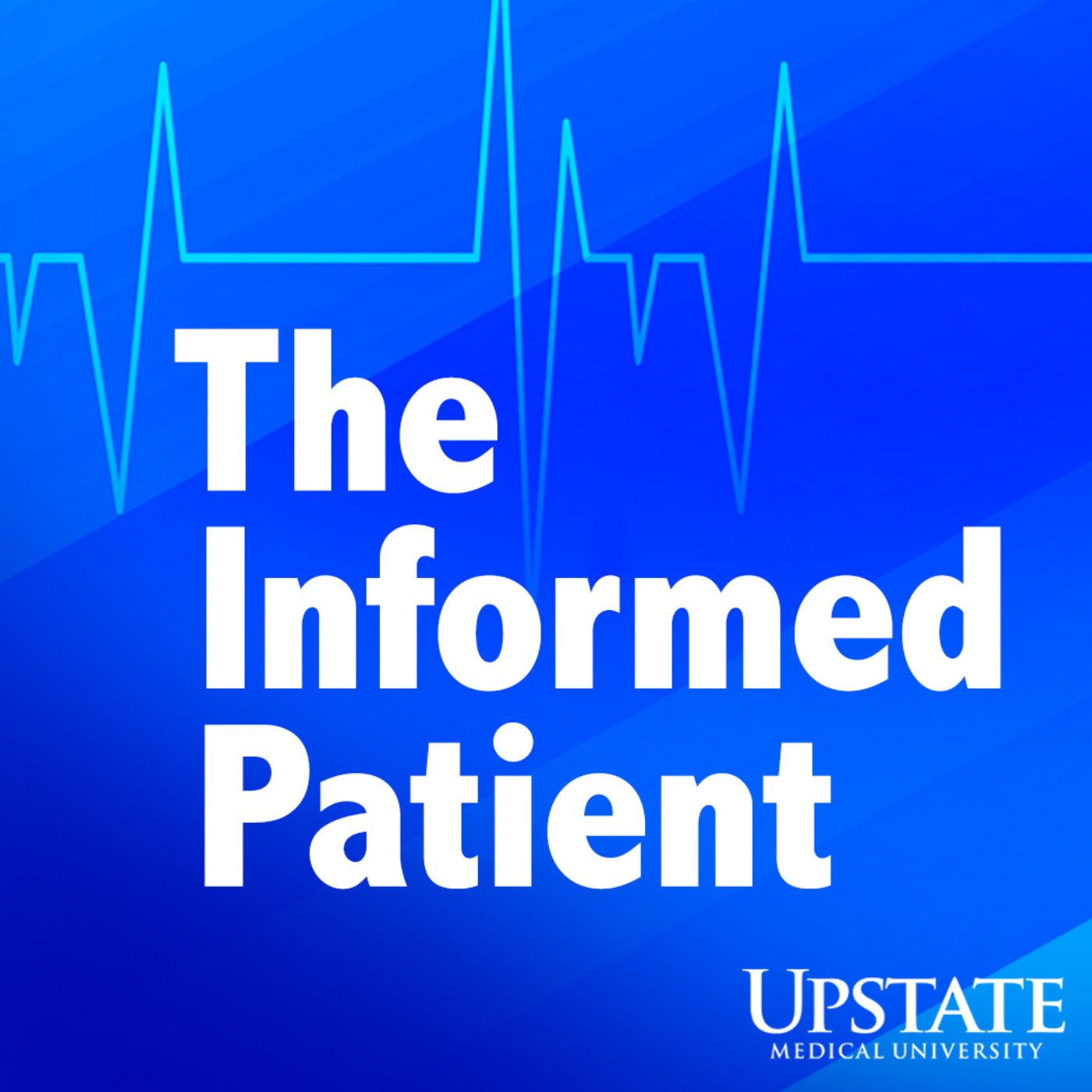- Health
- SEE MORE
- classical
- general
- talk
- News
- Family
- Bürgerfunk
- pop
- Islam
- soul
- jazz
- Comedy
- humor
- wissenschaft
- opera
- baroque
- gesellschaft
- theater
- Local
- alternative
- electro
- rock
- rap
- lifestyle
- Music
- como
- RNE
- ballads
- greek
- Buddhism
- deportes
- christian
- Technology
- piano
- djs
- Dance
- dutch
- flamenco
- social
- hope
- christian rock
- academia
- afrique
- Business
- musique
- ελληνική-μουσική
- religion
- World radio
- Zarzuela
- travel
- World
- NFL
- media
- Art
- public
- Sports
- Gospel
- st.
- baptist
- Leisure
- Kids & Family
- musical
- club
- Culture
- Health & Fitness
- True Crime
- Fiction
- children
- Society & Culture
- TV & Film
- gold
- kunst
- música
- gay
- Natural
- a
- francais
- bach
- economics
- kultur
- evangelical
- tech
- Opinion
- Government
- gaming
- College
- technik
- History
- Jesus
- radio
- movies
- services
- Church
- podcast
- Education
- international
- Transportation
- Other
- kids
- podcasts
- philadelphia
- Noticias
- love
- sport
- Salud
- film
- and
- 4chan
- Disco
- Stories
- fashion
- Arts
- interviews
- hardstyle
- entertainment
- humour
- medieval
- literature
- alma
- Cultura
- video
- TV
- Science
- en
How to communicate with someone who has a communication disorder

Aphasia is a communication disorder most often caused by a stroke that leaves a person with trouble speaking and/or understanding speech. Speech language pathologist Aphasia is a communication disorder most often caused by a stroke that leaves a person with trouble speaking and/or understanding speech. Speech language pathologist Ellyn Riley, PhD Ellyn Riley, PhD, leads the Aphasia Lab at Syracuse University and serves as a research assistant professor in neurology at Upstate. She discusses other causes of aphasia, treatments and advice for communicating with someone who has aphasia. Her advice for communicating with someone who has aphasia: 1. Reduce background noise. 2. Maintain eye contact. 3. Use simple sentences, remembering that the person you are addressing is an intelligent adult. 4. Speak slowly. 5. Be patient and give the person time to speak. 6. Consider other communication tools, such as writing or drawing. For more about the Aphasia Lab, including its clinical trials,, leads the Aphasia Lab at Syracuse University and serves as a research assistant professor in neurology at Upstate. She discusses other causes of aphasia, treatments and advice for communicating with someone who has aphasia. Her advice for communicating with someone who has aphasia: 1. Reduce background noise. 2. Maintain eye contact. 3. Use simple sentences, remembering that the person you are addressing is an intelligent adult. 4. Speak slowly. 5. Be patient and give the person time to speak. 6. Consider other communication tools, such as writing or drawing. For more about the Aphasia Lab, including its clinical trials, click here click here or phone 315-443-8688 or phone 315-443-8688. .